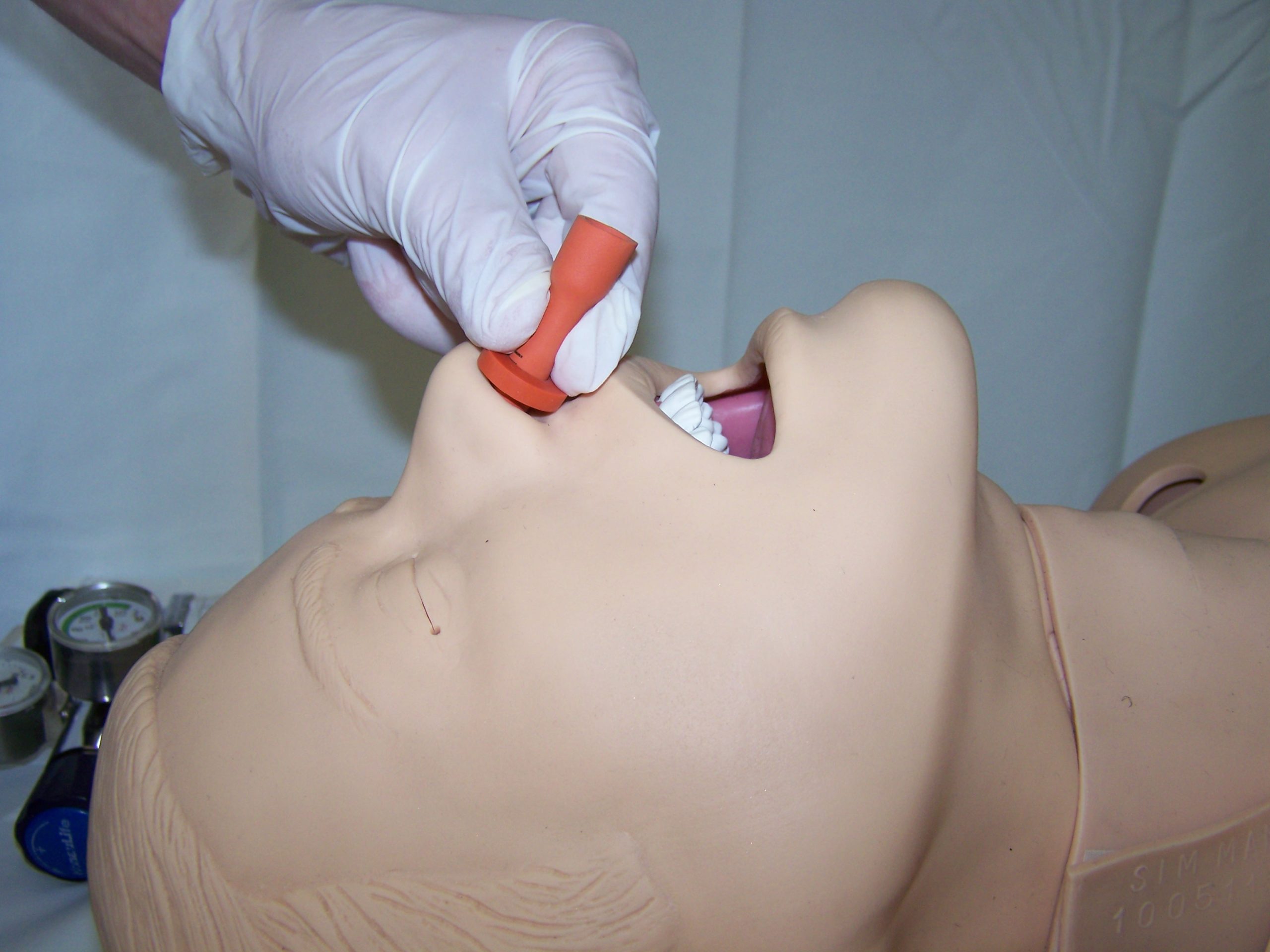A nasopharyngeal tube can be placed in patients who are not in deep unconsciousness, and its use can save lives in conditions of trismus, facial injuries, or insufficient mouth opening when it is impossible to place an oropharyngeal tube. There is a lower likelihood that a nasopharyngeal tube will induce a gag reflex compared to an oropharyngeal tube. However, if a gag reflex occurs during the placement of a nasopharyngeal tube, it significantly increases the risk of aspiration or muscle spasm in the upper airway.
A tube of the appropriate size must be selected for each patient individually. A tube that is too short will not pass behind the base of the tongue, while one that is too long may enter the esophagus, causing gastric distension and/or inadequate ventilation. Moreover, an excessively long tube may stimulate laryngeal or pharyngeal reflexes. For most adult patients, we use a nasopharyngeal tube with an internal diameter of 6 or 7 mm. The length of the nasopharyngeal tube is determined by measuring it from the nostril to the earlobe. Most nasopharyngeal tubes come with a factory-set stopper; however, if it is missing, it is recommended to place a safety pin before insertion to prevent the tube from slipping into the nostril.



0 Comments